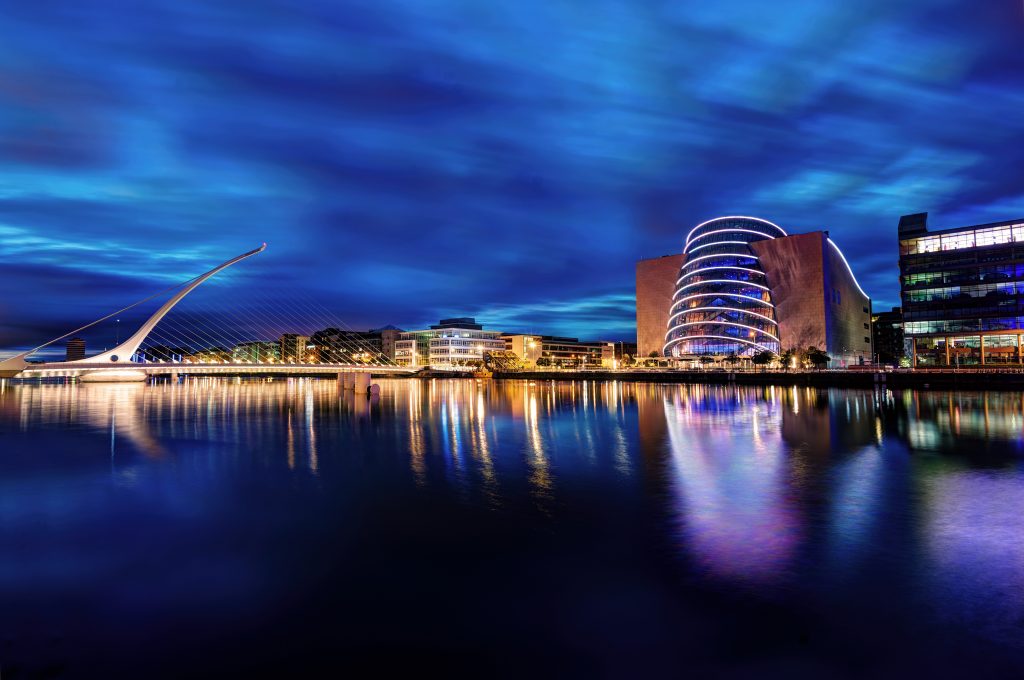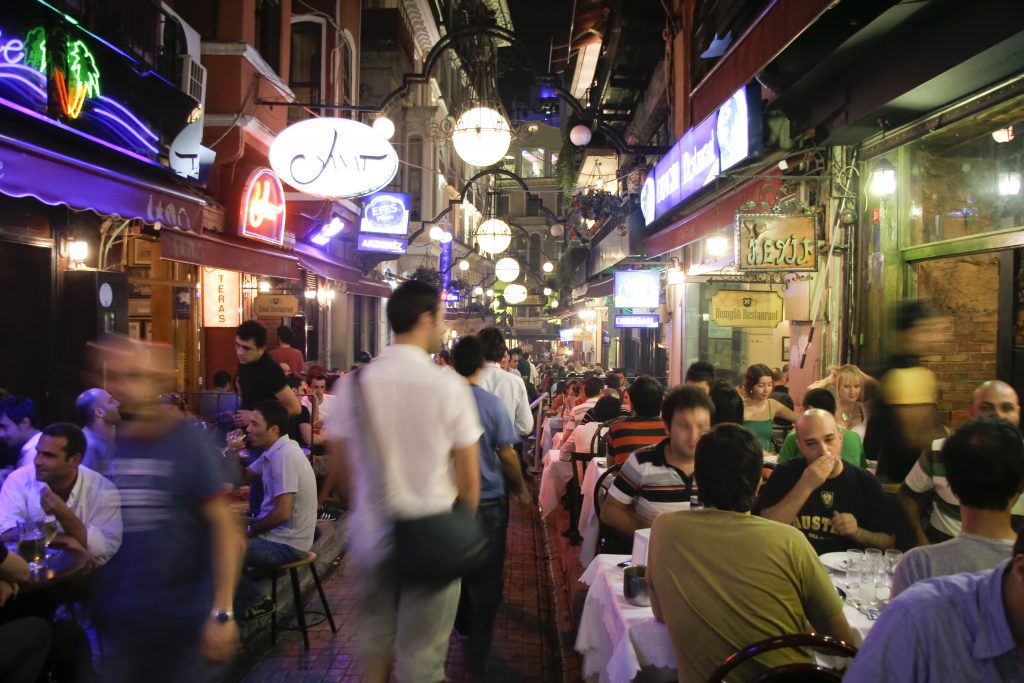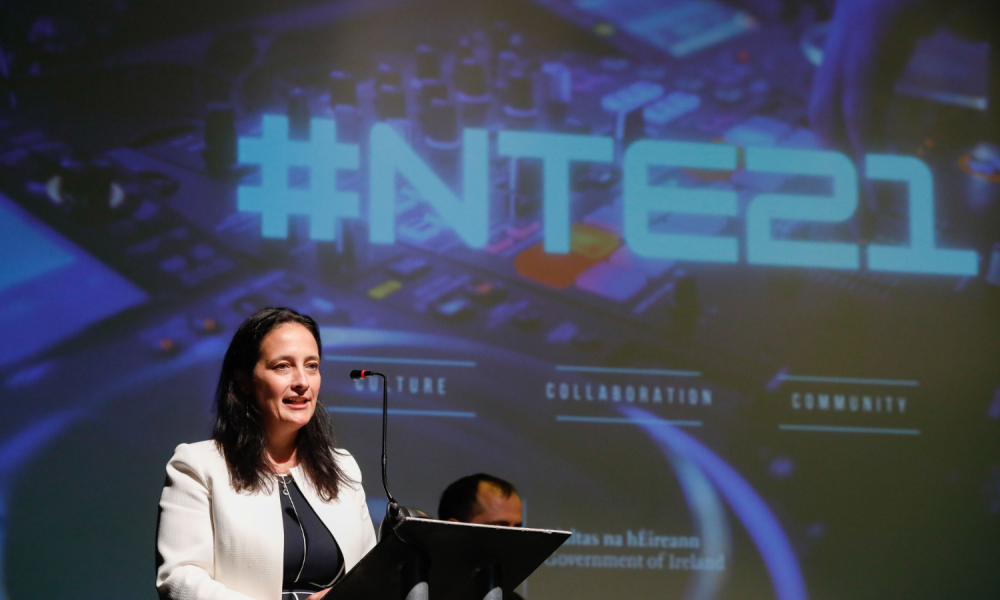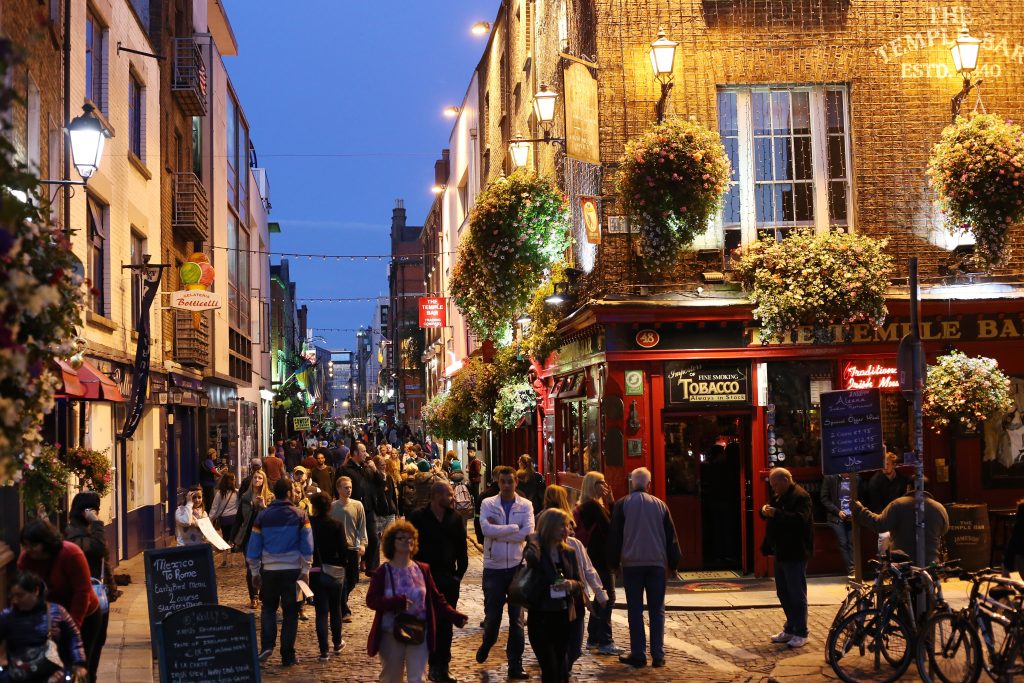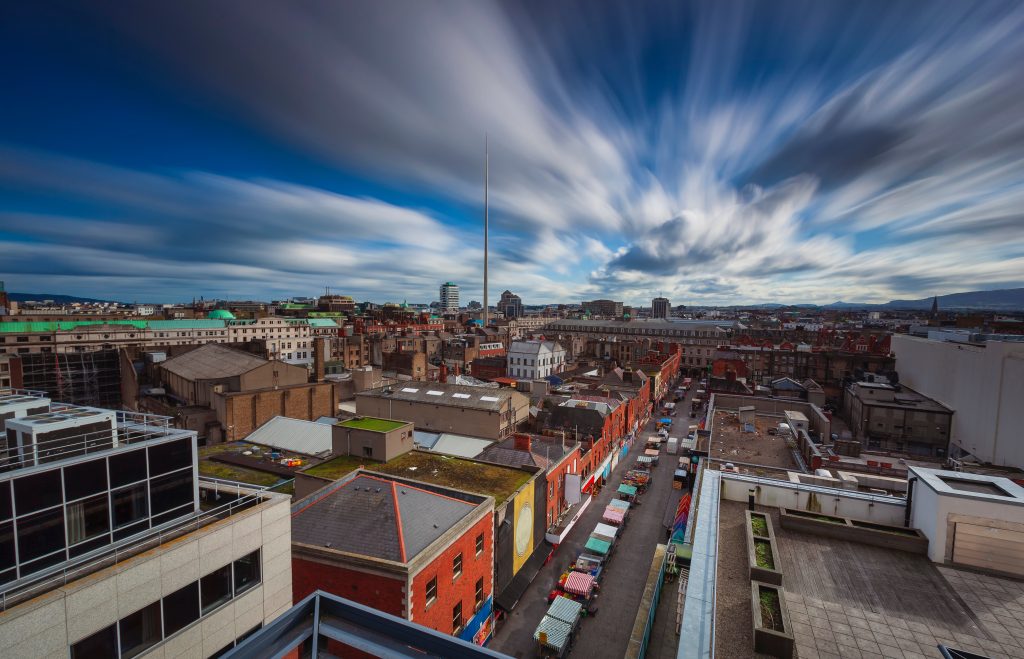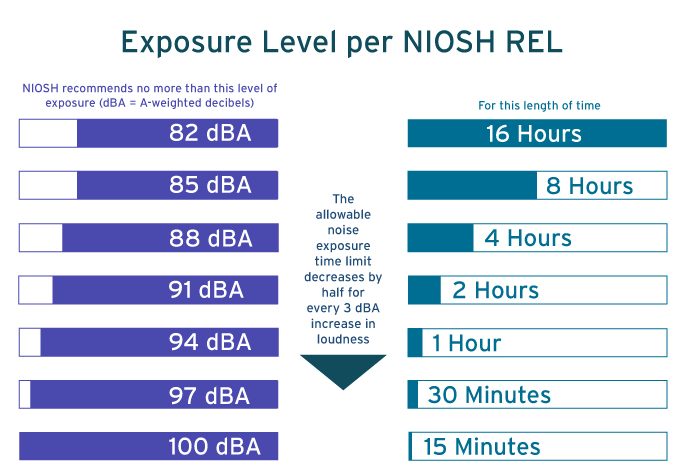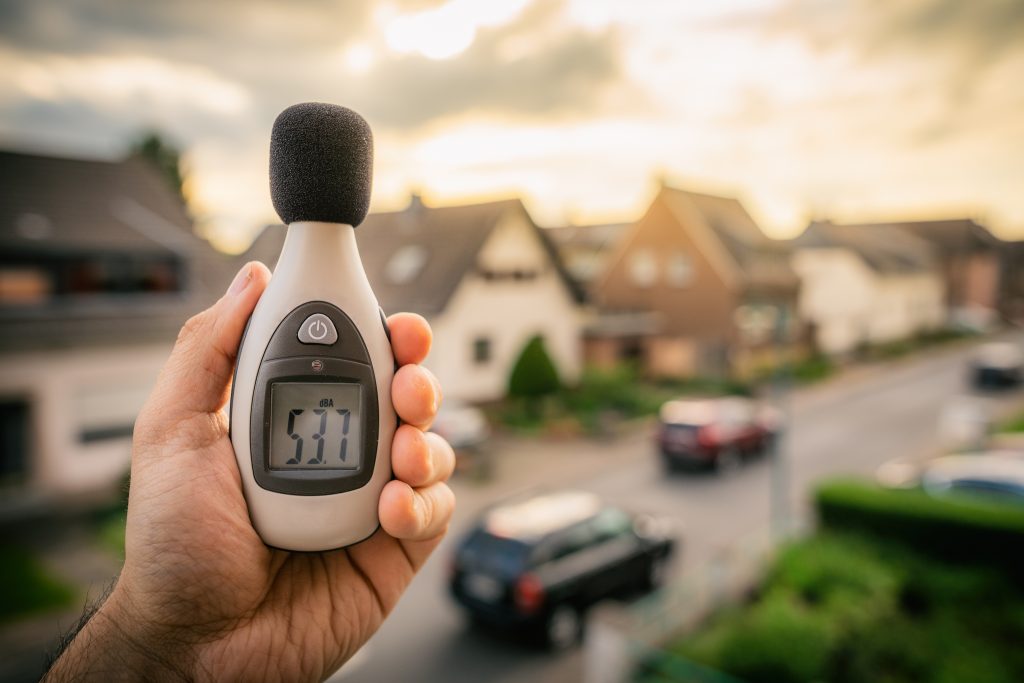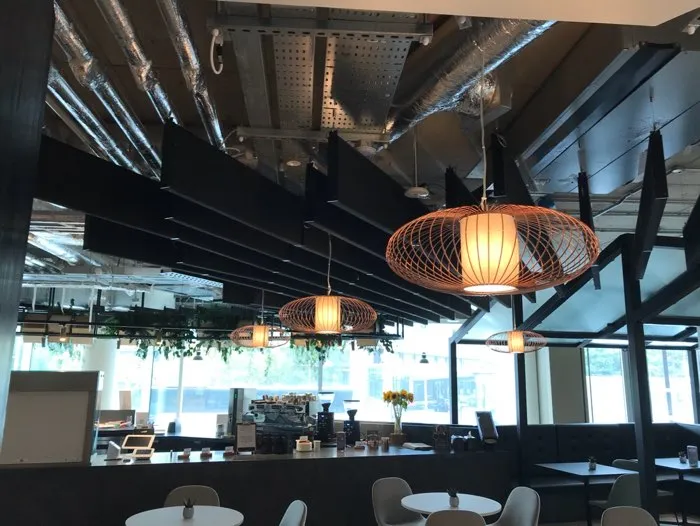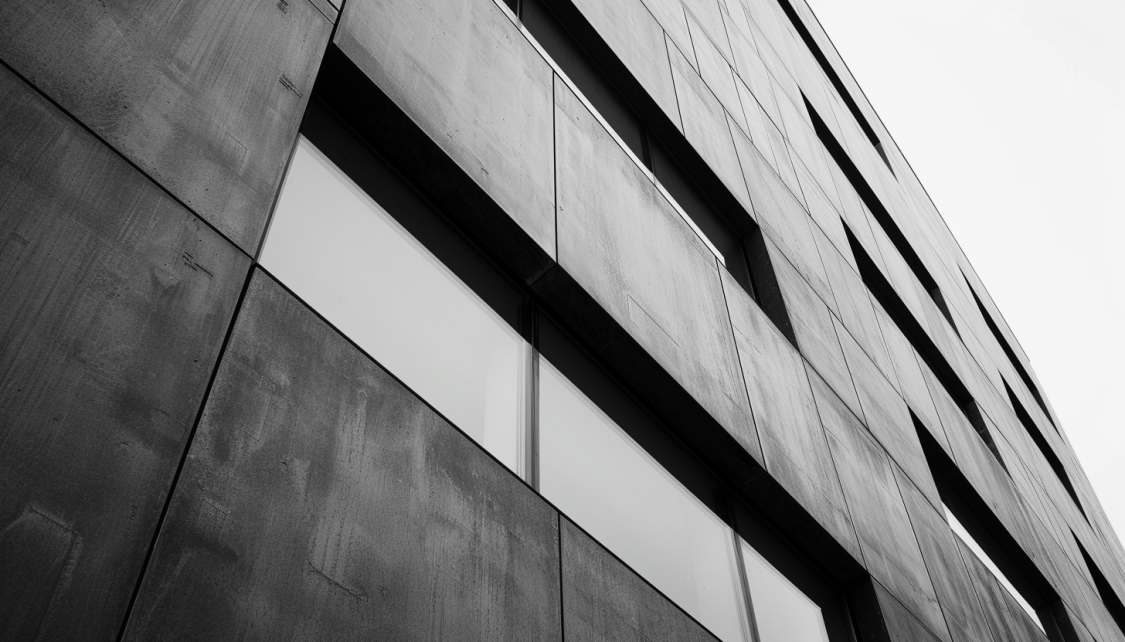Culture Is the Heart Of A City
In Dublin, Ireland, the nightlife is a vibrant and essential element of the megacity’s artistic shade. It serves as a mecca for socialising, enjoyment, and unwinding. Nonetheless, the lively escapism also plays a part in the spread of noise pollution, a pressing solicitude in civic settings. This composition delves into the goods of clubs and analogous establishments on noise pollution, examining ingenious strategies to address this problem with a specific focus on the Irish escapism scene.
Nightlife’s Impact on Noise Pollution
Staying up late and hitting the city comes with some serious sound consequences. Beyond just being loud, clubs, bars, and other escapism venues can raise noise situations to dangerous heights. And that is not just for people who live near – it can have long-reaching counteraccusations on public health as well. Research published in the International Journal of Environmental Research and Public Health shows that long-term exposure to loud noises can lead to hearing impairment, sleep disturbances, cardiovascular conditions, and multiple other health issues.
Dublin, Ireland’s Nightlife: The Impact of COVID-19 and the Resurgence
The COVID-19 pandemic has had a profound impact on Dublin, Ireland, nightlife. Nightclubs and other late-night venues were among the hardest hit, with many having to close their doors for extended periods. This not only affected the economy but also amplified the challenges related to noise and hearing health. As these venues reopen and people return to enjoy the vibrant nightlife, the issue of noise and its impact on hearing health is more relevant than ever.
Dublin Nightlife Guide: Embracing Change
However, the recovery process also presents an opportunity to address these challenges and build a more sustainable and inclusive night-time economy. Initiatives like the Night-Time Economy Taskforce, the Local Live Performance Programming Scheme, and the Late-Night Events Pilot Programme are playing a crucial role in this process. These initiatives aim to support the recovery of the night-time economy and create vibrant, diverse, and inclusive night-time cultural experiences. From classical music in Dublin’s concert halls to cheering on a rugby match in one of the many rugby pubs in Dublin, the city’s nightlife is bouncing back, offering a range of experiences for locals and tourists alike.
Minister Martin’s Night-Time Economy Initiatives
In Dublin, Ireland, the nightlife scene is set to undergo a significant transformation. Minister for Tourism, Culture, Arts, Gaeltacht, Sport and Media, Catherine Martin TD, recently announced a support package for the Night-time Economy in Ireland. This includes a new pilot scheme, in partnership with the Arts Council, to help existing arts and cultural spaces open their doors to new late-night activity. Additionally, a €2 million capital grant scheme has been introduced to support venues in implementing soundproofing measures to reduce noise at night. An exciting new pilot initiative is also underway to turn Dublin’s oldest market into an early evening and night-time outdoor food and culture destination. These initiatives are expected to greatly enhance the Dublin’s nightlife experience for both locals and tourists.
Late Night Events Pilot Programme
The Late Night Events Pilot Programme, funded by the Department of Tourism, Culture, Arts, Gaeltacht, Sport and Media and rolled out by the Arts Council, is aimed at art centres in towns and cities around the country. The selected pilot art centres will be required to host events late at night, events could range from traditional music to electronic music, DJ nights, theatre, comedy or dance. The pilots will also seek to identify and address any challenges which arts centres may associate with staying open late. Funding of up to €60,000 is available for the selected lead arts centre.
“The programme will encourage new partnerships, support innovative night-time arts activities, advocate for a place-based approach, support additional NTE interventions, promote cost-effective events, and ensure fair payment for artists and creative workers.”
Noise Mitigation Grant Scheme: A Step Towards Quieter Nights
The Noise Mitigation Grant Scheme is a significant initiative targeted at late-night venues, such as nightclubs and late-night live music venues. These venues, often at the heart of noise emission concerns, are in need of funding support to help reduce noise emissions both inside and outside their premises. To this end, a maximum allowable grant of €70,000 will be made available per project. This funding will facilitate works such as the installation or replacement of noise cancelling systems, the construction of acoustic absorbers, and the installation of outdoor noise barriers.
Summer Nights at Moore Street
It’s worth noting that the night-time economy isn’t just about reducing noise—it’s also about enhancing cultural experiences. This is evident in the support provided by the Department for a cultural programme of events known as “Summer Nights at Moore Street.” Supported by Dublin City Council through the Office of City Recovery, these events, which began last week, will take place every Thursday night until the 6th of August. Attendees can look forward to eclectic food stalls from around the world, as well as a full programme of street art, live music, storytelling, magic, and circus performances.
Reviving Dublin’s Nightlife
The COVID-19 pandemic has had a profound impact on Dublin, Ireland nightlife. Nightclubs and other late-night venues were among the hardest hit, with many having to close their doors for extended periods. This not only affected the economy but also amplified the challenges related to noise and hearing health. As these venues reopen and people return to enjoy the vibrant nightlife, the issue of noise and its impact on hearing health is more relevant than ever.
Industry Guidelines for Night-Time Employees
Dublin’s nightlife, renowned for its vibrancy and diversity, is a significant part of the city’s cultural fabric. From the pulsating beats of rock or pop concerts to the soothing strains of classical music in Dublin, audiences are routinely exposed for hours to average sound levels exceeding 100 dB(A). This is a common feature of the Dublin nightlife area, where the sound of music and revelry often fills the air.
However, this comes with its own set of challenges. A majority of club employees, who are an integral part of the Dublin nightlife guide, reported acquiring hearing problems on the job, while only a minority regularly wore earplugs. This is a significant concern, especially considering that young adults who attended at least one rock or pop concert per month had significantly poorer audiometric thresholds at frequencies ≥3 kHz relative to age-matched controls. They were also five times more likely to report chronic hearing problems, such as tinnitus.
It’s crucial for night-time economy employees, particularly those contributing to Dublin, Ireland nightlife, to be aware of the potential risks associated with noise exposure. Taking necessary precautions to protect their hearing health is not just a personal responsibility, but a critical aspect of ensuring the sustainability of the vibrant nightlife that Dublin is famous for. Below is guidelines and crucial information that employees and business owners should be aware of:
1. The NIOSH Guidelines
Transitioning from cultural enrichment back to the topic of noise, it’s crucial for those working in the night-time economy to understand the guidelines set by the National Institute for Occupational Safety and Health (NIOSH) regarding noise exposure. These guidelines, based on the dB(A) scale—a version of the dB SPL scale that compensates for our poorer ability to hear very low frequencies generated by most noise sources—suggest that for every halving of the daily noise dose from 8 hours, an additional 3 dB over 85 dB(A) should be allowed. This “exchange” is based on the “equal energy hypothesis”, which maintains that sound energy and exposure duration can be traded off, up to a point, to induce a similar Temporary Threshold Shift (TTS). For instance, the NIOSH recommended exposure limit (REL) for a Time-Weighted Average (TWA) level of 91 dB(A) is 2 hours daily and 10 hours weekly.
2. A Noisy Impact
It is estimated that a 40-year working lifetime exposure would cause material impairment in 8% of workers. However, people can develop tinnitus, hyperacusis, and difficulties understanding speech (especially in background noise) even if their audiogram remains better than 25 dB HL.
3. Deafening Decibels
Loud music is a common cause of permanent hearing loss, tinnitus, and hyperacusis. Studies have reported that a significant percentage of young adults are exposed to an annual leisure noise dose that by itself exceeds the NIOSH REL. The main culprits, representing ~70% of the total noise energy, are nightclubs. The World Health Organization (WHO) recently cautioned that “1.1 billion young people worldwide could be at risk of hearing loss due to unsafe listening practices.”
Acoustic Solutions: The Role of Vibe by Vision
While monitoring and managing noise levels are crucial, it’s equally important to consider noise reduction solutions. Vibe by Vision, an Irish company, offers a range of acoustic solutions tailored to different environments. Their products include wall panels, ceiling baffles, and custom acoustics, all designed to significantly reduce noise levels.
Vibe by Vision has worked on numerous projects, providing acoustic solutions for various establishments. For instance, they created a unique design of Calmtone combined with LED light strips for CCT College Dublin. For Google Team Pod Dublin, they designed and installed custom-designed portable free-standing sound-absorbing screens. These projects demonstrate the versatility and effectiveness of acoustic solutions in managing noise levels.
Looking Ahead: The Future of Nightlife and Noise Management
As cities remain to grow and evolve, consequently, too will the obstacles associated with noise pollution. Still, the combination of complete bruit covering systems and ingenious aural results offers an encouraging path to managing bruit situations in escapism venues.
While nightclubs and other nightlife venues can contribute to noise pollution, there are effective strategies and solutions available to manage and reduce noise levels. By implementing these measures, we can ensure a vibrant and healthy nightlife that benefits everyone.
